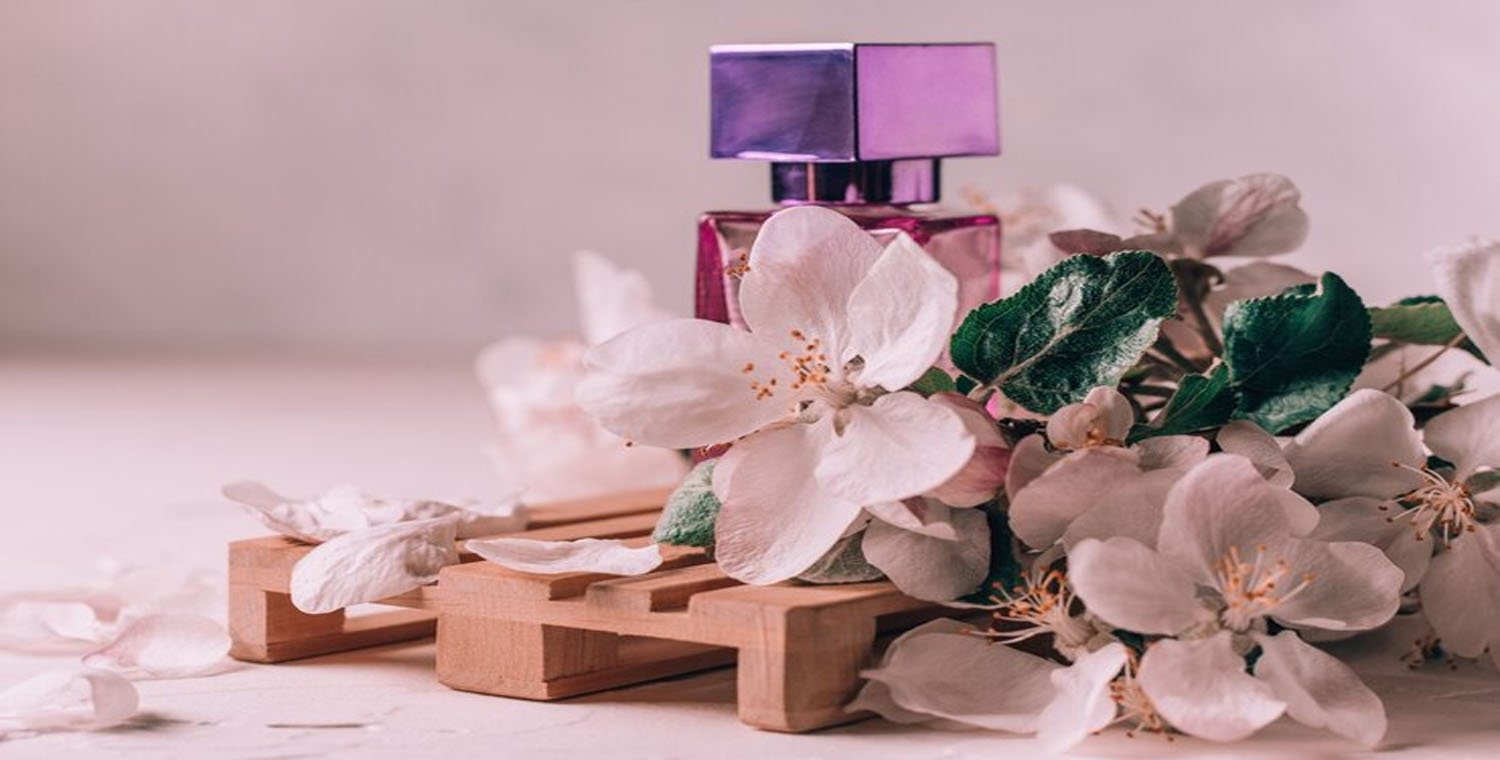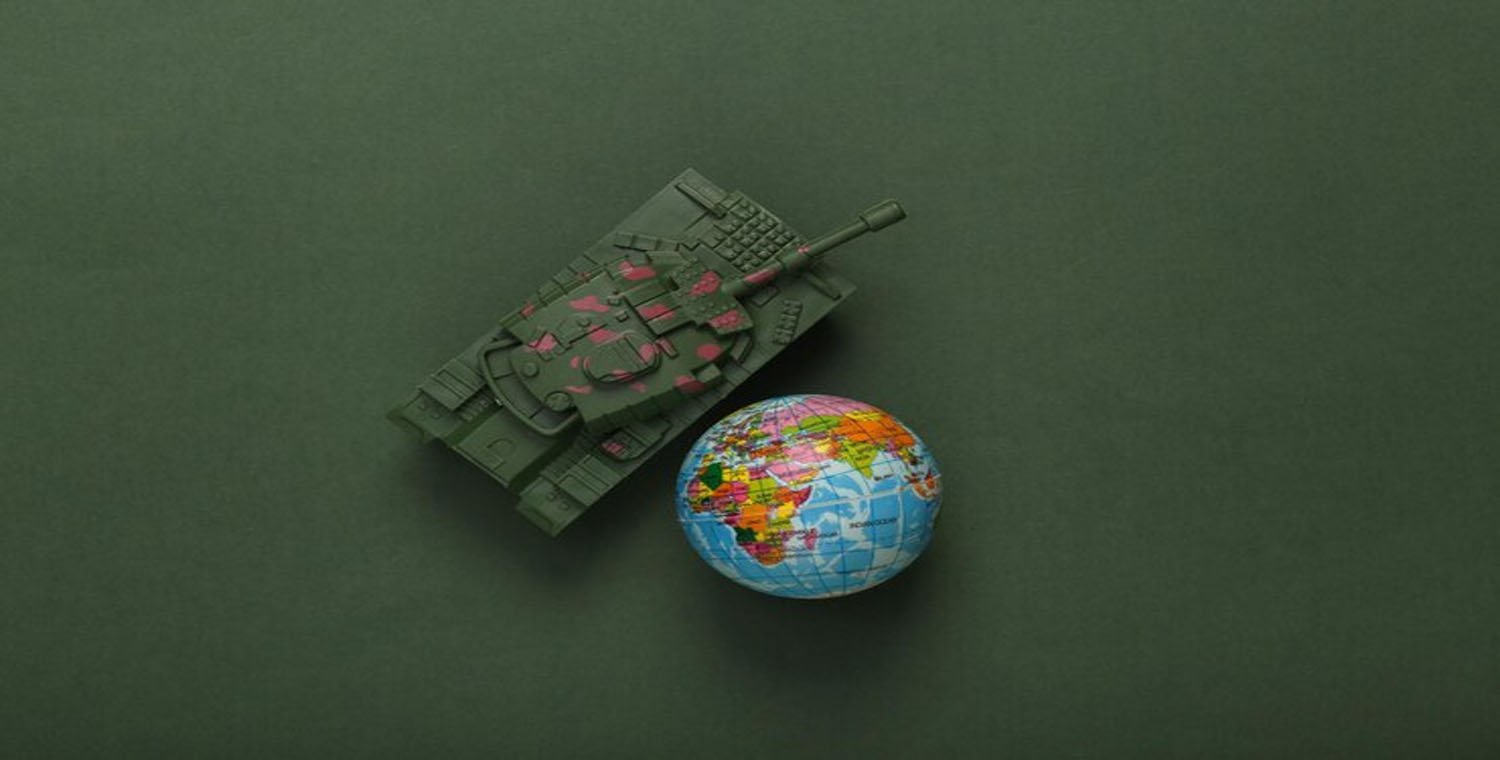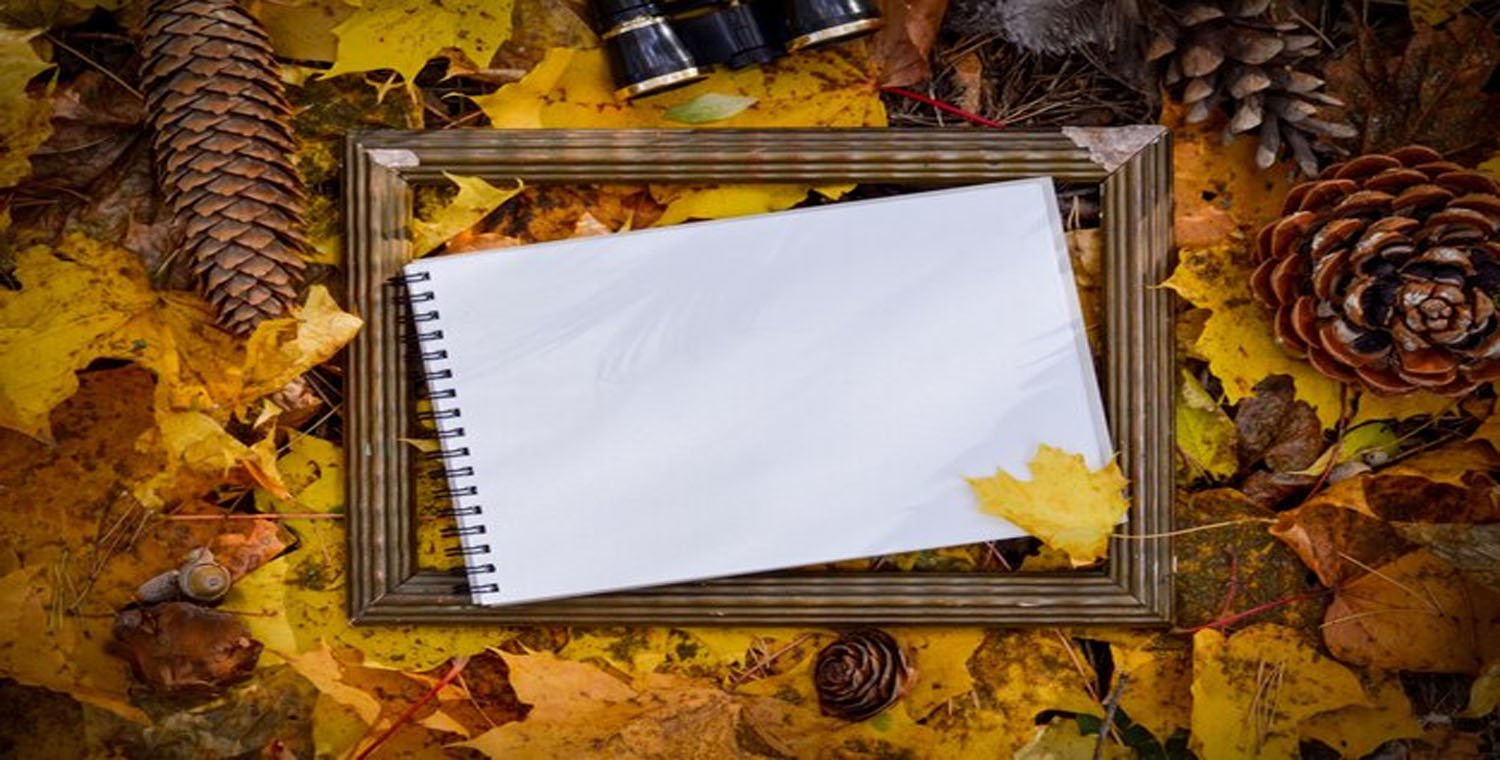Perfume, or parfû as it’s known in certain languages, is much more than a mere fragrance; it is an art form that has evolved over centuries. In the world of scents, parfû stands as a symbol of luxury, mystery, and emotional connection. It is a craft that combines science, nature, culture, and creativity, allowing its wearers to express their individuality and leave a lasting impression. In this article, we will delve into the fascinating world of parfû, exploring its history, the artistry behind its creation, and how it has become a key element in modern self-expression.
A Glimpse into the History of Parfû

The history of parfû can be traced back to ancient civilizations. Perfumes were first created for religious purposes, often used in rituals to honor gods and goddesses. Ancient Egyptians are among the first known people to have perfected the art of fragrance, with the creation of oils and balms from flowers, spices, and resins. They used these perfumes for both spiritual and cosmetic purposes, considering them divine gifts.
As perfume-making spread to Greece and Rome, it evolved further. The Greeks refined the use of fragrant oils, while the Romans were the first to develop scented baths and elaborate fragrances. In the Middle Ages, the art of parfû-making became closely tied to alchemy, with apothecaries and alchemists experimenting with essential oils and perfumes for medicinal purposes. It wasn’t until the 16th and 17th centuries that perfume began to take on its modern form, especially with the rise of the French perfume industry.
France, in particular, became the epicenter of perfume creation. During the reign of King Louis XV, the court of Versailles was known for its opulence and extravagant use of perfume. The French revolutionized the art of creating complex, layered fragrances. French perfumers developed the techniques that are still used in modern parfû creation, establishing a legacy of perfume craftsmanship that endures to this day.
The Craftsmanship Behind Parfû
Creating a bottle of parfû is a delicate and meticulous process that requires both technical skill and creative talent. Perfumers, often referred to as “noses” in the industry, are specialists trained in the art of blending scents. Their work is a blend of chemistry, art, and intuition, as they carefully balance the top, middle, and base notes of a fragrance to create something harmonious and unique.
Key Components of Parfû
- Top Notes
The top notes are the first impression of a fragrance. These are the lightest and most volatile elements of the parfû, which evaporate quickly. They create an immediate scent profile and set the tone for the fragrance. Common top notes include citrus fruits like lemon, bergamot, or grapefruit, as well as herbal notes like mint or lavender. - Middle Notes (Heart Notes)
The middle notes form the “heart” of the fragrance. They appear once the top notes dissipate and last longer on the skin. These notes are typically floral, fruity, or spicy, such as rose, jasmine, or cinnamon. The middle notes balance the lightness of the top notes with deeper, richer tones. - Base Notes
The base notes are the foundation of the fragrance. They are heavier and longer-lasting, providing depth and stability to the parfû. Common base notes include woods (sandalwood, cedar), resins (amber, frankincense), and musks. The base notes are the lingering essence of the fragrance that stays with you long after the top notes have faded.
The complexity of a parfû comes from the delicate balance of these notes, each of which interacts with the others to create a multifaceted scent profile. The art of blending these notes is where the true expertise of a perfumer lies. It can take years of training and practice to perfect the skill of recognizing and combining these different notes in the right proportions.
The Ingredients of Parfû
Parfû is made from a variety of natural and synthetic ingredients. The natural components often come from flowers, fruits, woods, resins, and spices, while synthetics are created in laboratories to replicate or enhance certain scents. Here’s a breakdown of some of the primary ingredients used in parfû creation:
- Essential Oils: These are extracted from plants through methods such as steam distillation or cold pressing. Flowers, herbs, and citrus fruits are common sources of essential oils.
- Aldehydes: These synthetic compounds are used to create fresh, soapy, or citrus-like scents. They were first used in perfumes in the early 20th century and are a hallmark of many iconic fragrances.
- Musks: Originally derived from the glands of musk deer, musks are now largely synthetic. They add warmth and sensuality to perfumes.
- Resins and Balsams: These come from trees and shrubs, and they add earthy, woody, or smoky characteristics to parfû. Common examples include frankincense, myrrh, and benzoin.
The Influence of Parfû on Society and Culture
The impact of parfû on culture is profound and far-reaching. Throughout history, perfume has been used not only as a means of personal adornment but also as a powerful tool for social signaling. In many cultures, the scent of a person was an important indication of their status, wealth, and refinement. Even today, fragrances are closely tied to luxury, with high-end parfû brands commanding immense prestige and desirability.
In the world of fashion, parfû plays a complementary role to clothing and makeup, becoming an integral part of an individual’s style. Many fashion houses—Chanel, Dior, and Guerlain, to name a few—have expanded into the parfû market, offering signature scents that reflect their brand’s identity. For example, Chanel No. 5, created by legendary perfumer Ernest Beaux, has become synonymous with elegance and timeless beauty, encapsulating the essence of the brand itself.
Parfû also has a deep connection to emotional and psychological well-being. Studies have shown that certain scents can evoke powerful emotional responses and even influence mood and behavior. The scent of lavender is known to have a calming effect, while citrus fragrances are often used to energize or uplift the spirit. This connection between scent and emotion is why parfum is often described as a “memory trigger.” A single whiff of a particular fragrance can evoke a flood of memories, transporting the wearer back to a specific time and place.
Parfû in the Modern Age
In today’s world, parfû remains a vital part of personal identity and self-expression. The global fragrance industry is worth billions of dollars, with countless new scents being launched each year. While traditional perfumery still thrives in places like Grasse, France, the industry has become more diverse, with niche perfumers and independent brands gaining popularity. These smaller houses often experiment with unconventional ingredients, creating fragrances that challenge traditional boundaries and appeal to a more adventurous audience.
The rise of sustainable and ethical perfumery has also become a growing trend. Consumers are increasingly concerned about the environmental and social impact of their purchases, prompting brands to seek out responsibly sourced ingredients and adopt cruelty-free practices. Natural and organic parfû lines are becoming more prevalent, offering scents that cater to those who want to align their fragrance choices with their values.
Another exciting trend in modern parfû is the use of technology to personalize fragrances. Some companies now offer custom-made perfumes, where customers can work with perfumers to create a fragrance that reflects their unique personality and tastes. Additionally, advances in artificial intelligence have allowed for more precise scent matching, enabling individuals to discover the perfect fragrance for their lifestyle.
The Future of Parfû
As we look to the future of parfû, several exciting developments seem poised to reshape the industry. Sustainability, personalization, and technology will continue to drive innovation in the world of fragrance. With an ever-growing emphasis on transparency, consumers will likely demand more information about the ingredients and sourcing behind the parfûs they purchase.
Moreover, the blending of tradition and modernity in parfû creation will lead to exciting new hybrid scents, combining classic floral notes with futuristic synthetic accords. Just as we have seen with other aspects of fashion and design, parfû will continue to evolve, offering new ways for people to experience and engage with fragrance.
Conclusion
Parfû is more than just a luxury product; it is a symbol of art, culture, and personal identity. Whether through its rich history, complex artistry, or powerful emotional impact, fragrance has the power to transform the way we perceive ourselves and the world around us. As the perfume industry continues to innovate and adapt to changing consumer preferences, the future of parfû is filled with endless possibilities.
More Read:
TechoElite: Leading the Charge in Tech Innovation and Digital Solutions




